Linkwitz LX521.4MG Speaker/Amplifier System
Maybe the Best Seat(s) in the House
Various versions of the Linkwitz LX521 speaker have captivated my interest since I first heard it at RMAF 2012. In subsequent years, I prioritized visiting the Linkwitz room, where I would be consistently impressed by the speaker's ability to create an excellent sound stage and perform remarkably well in various rooms.
Siegfried Linkwitz is renowned among loudspeaker designers for introducing several revolutionary advancements in the audio industry, the most notable of which is the Linkwitz-Riley crossover filter design.
He was a source of inspiration for people worldwide through his informative website and DIY speaker construction plans. He influenced countless music enthusiasts with his practical advice and philosophical musings on sound perception and the use of dipole loudspeakers for stereo listening, which remain relevant today. During my interactions with Siegfried over the years, I always found him to be a pleasure to talk to and willing to share his knowledge. The LX521 loudspeaker was his Magnum Opus, which he continued to work on later in life.
Sadly, Siegfried passed away in 2018. However, before his passing, he entrusted his audio business to Dr. Frank Brenner in Germany. Frank was one of Siegfried's earliest customers, and the two had worked together for several years, developing a strong relationship. Frank has dedicated himself to continuing the development of Siegfried's designs and offering finished Linkwitz speakers for enthusiasts who want an all-in-one turn-key product. He is also committed to keeping Siegfried's website alive, supporting the DIY community, and offering parts and products for purchase. The original Linkwitz website is a treasure trove of information on many subjects, and I highly recommend you explore it.
Frank sent me an email just before AXPONA 2023 regarding the latest version of LX521 speakers to be shown there. The new LX521.4MG speaker version features a new 8" driver that SEAS exclusively designed for it. It incorporates the latest Linkwitz specifications, boasting an ultra-low distortion motor and stiff magnesium cone, which increases speed and significantly reduces 2nd and 3rd-order harmonic distortion. Moreover, the new LX521.4MG speaker's ASP (analog signal processor) crossover was upgraded to employ a cascaded filter topology advocated by Seigfried Linkwitz to eliminate phase errors. You can read about this interesting topology at this link.
I experienced the new version on a Sunday morning listening session at the show and noticed a significant sound quality improvement compared to my memory of the original LX521. I was particularly impressed by the midrange transparency, openness, clarity, and the speaker's overall coherency. The imaging and sound field recreation were as mesmerizing as they always were, but now, with additional midrange transparency and a lovely tonal balance, I was locked in my seat.
Impressed by the new version, I arranged for a review sample.
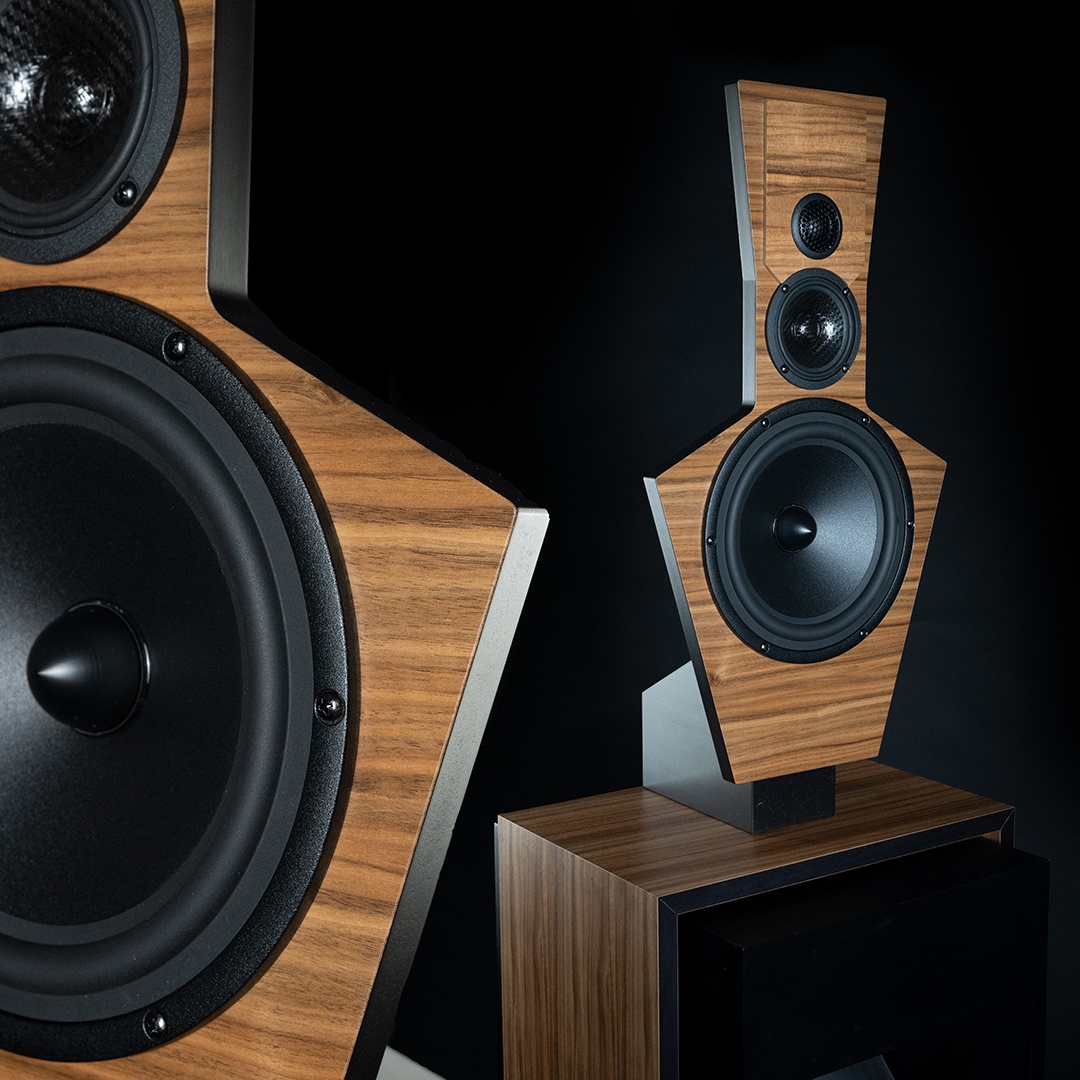 The LX521.4MG Speaker System
The LX521.4MG Speaker System
Speakers
The LX521.4MG is a 4-way, actively-driven, full-range, open baffle dipole loudspeaker system. It provides flat on-axis and off-axis response in the horizontal plane and frontal hemispheres.
This was a crucial requirement for Siegfried, as he wanted the speaker to blend seamlessly with the room and offer a wide listening area without drawing attention to itself.
Each speaker contains two 10" woofers, a 4" upper midrange, an 8" lower midrange, and two 1" tweeters.
During a discussion with Frank about the choice of drivers, he explained that to achieve optimal performance from an open baffle dipole and minimize distortion while maintaining a good radiation pattern, few suitable driver options are available. All the drivers used in the LX 521.4 MG, except for the tweeters, have been developed explicitly according to Linkwitz's specifications by SEAS in Norway, which can ensure the necessary production tolerances needed for the Linkwitz design.
The drivers are mounted with no enclosure to reduce unwanted reflections and resonances that can degrade sound quality, and each driver uses a dedicated amplifier and filter optimized for the driver's frequency response, electrical characteristics, and directivity.
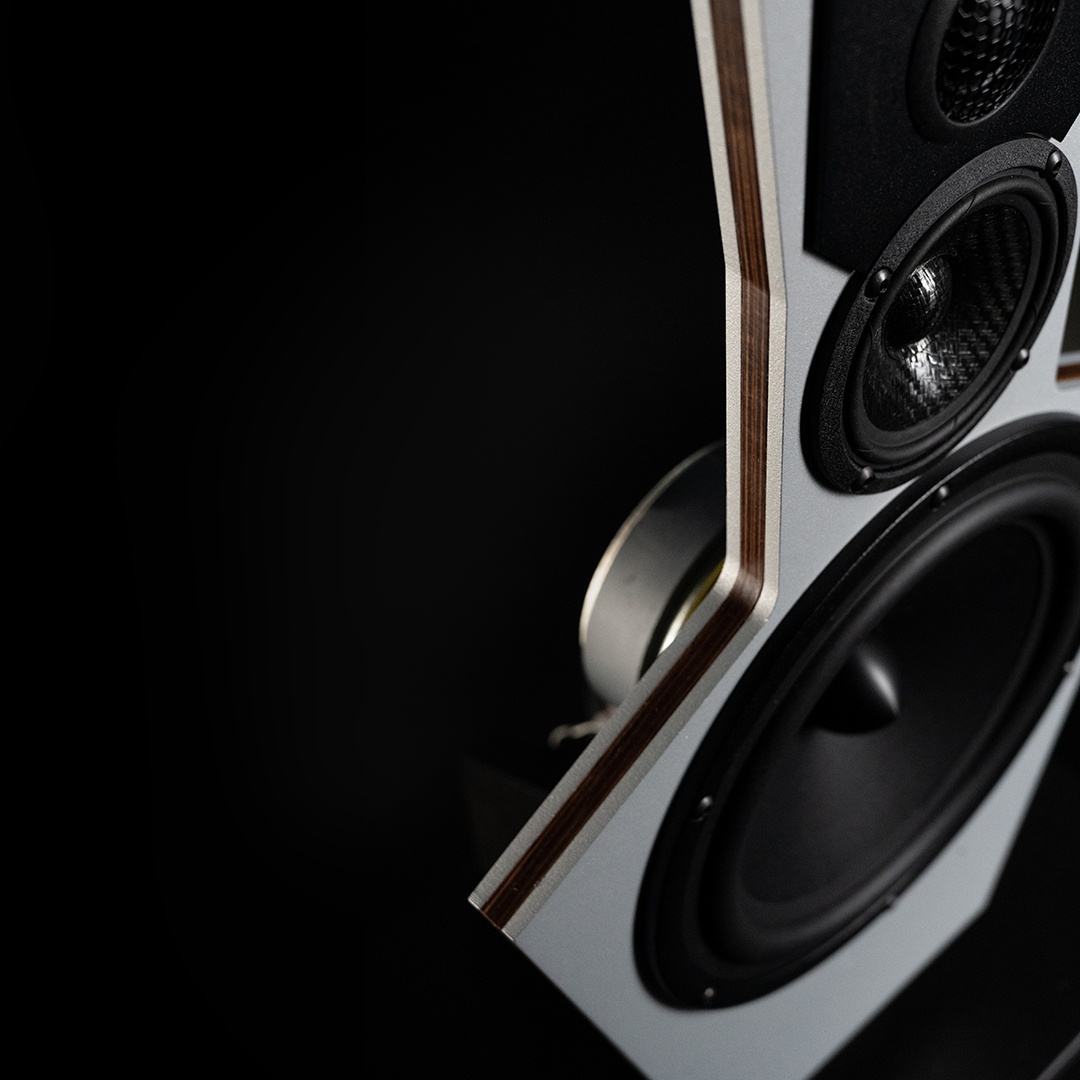 The speaker has a smaller presence in the room than I expected, partly because of its uniquely shaped thin upper baffle, an essential element of its design, helping achieve an even off-axis polar response. The speaker measures only 49 inches in height and 15 inches in width and depth. It is available in several different finishes, including an aluminum/panzerholz sandwich along with extra-cost special-order custom finishes
The speaker has a smaller presence in the room than I expected, partly because of its uniquely shaped thin upper baffle, an essential element of its design, helping achieve an even off-axis polar response. The speaker measures only 49 inches in height and 15 inches in width and depth. It is available in several different finishes, including an aluminum/panzerholz sandwich along with extra-cost special-order custom finishes
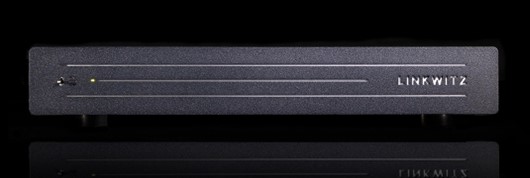
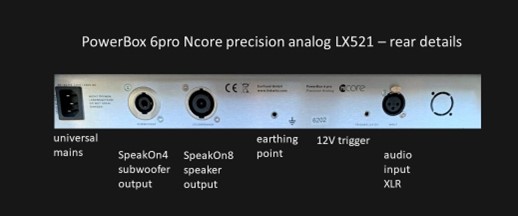 Amplifiers/Crossover
Amplifiers/Crossover
Each speaker is powered by a dedicated 5-channel PowerBox 6Pro Ncore amplifier. The tweeters receive 100W of power, the upper and lower midranges each receive 125W, and the two woofers receive 250W each. The amplifiers feature a phase-coherent cascaded fully analog electronic crossover that enables precise crossover slopes and driver linearization, which is impracticable with traditional passive speaker networks. This results in a loudspeaker system with a frequency-independent constant directivity that maintains a balanced radiation pattern throughout the audible spectrum. As a result, the listener can enjoy similar tonal balance and sound stage regardless of their position in the room. The amplifiers feature balanced XLR inputs (RCA to XLR adapters are available), a selectable 2-step rumble filter, a 12V trigger input, and have a +12dB gain option via a jumper at the bottom of the case should your source require additional gain. The slim, quiet, fanless aluminum amplifier enclosure measures approximately 17" x 14" x 2". The included pair of multiway OFC speaker cables sport high-current SpeakOn connectors.
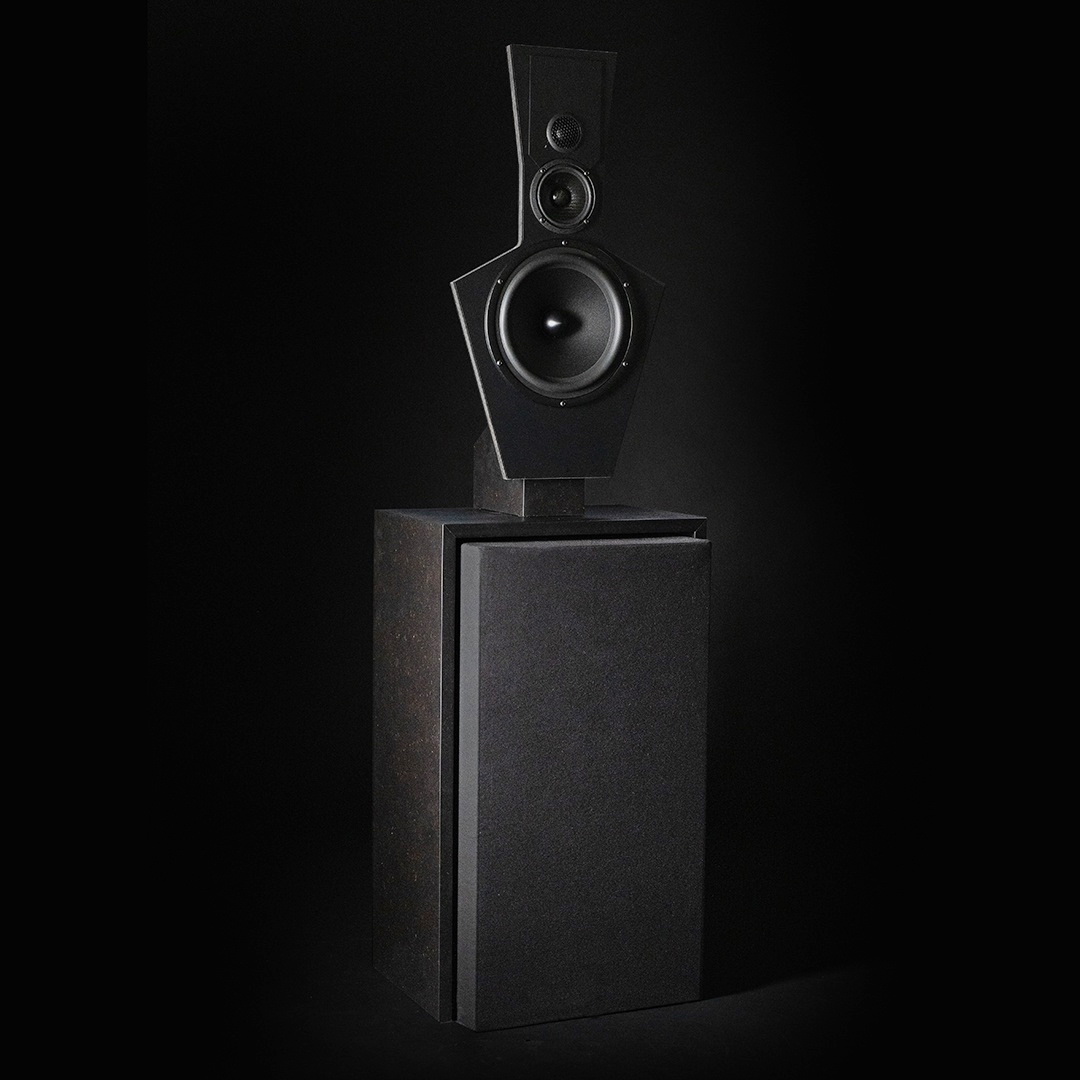 Hookup and Placement
Hookup and Placement
The entire LX-521.4MG system arrives in a single crate shipped from Germany (USA shipping included in the $24K system price)
Assembling the speakers is a simple process that involves attaching the tweeter/mid-range array to a "bridge" that sits over the woofer cabinet but does not make contact with it. Then, you snap together a couple of Molex connectors to complete the assembly. It ships with a "sock-style grill" that can cover the woofer cabinet, but Siegfried insisted that no grill cloth be used on the upper array. I suspect many customers would appreciate an optional upper grill to protect speakers from "grandkid probing" when not in use.
Connecting the PowerBox amplifiers to the LX521.4MG speakers couldn't be easier. Use the provided speaker cable jumper with two SpeakOn connectors at each end, insert the connectors into the amplifiers and speakers, and twist until you hear a "click."
 Extended speaker cable options (2.5m or 5m per side) are available if the amplifiers must reside further away. Once you have connected the amplifiers to the speakers, the next step is to connect your volume-controlled source to the amplifiers. Then, connect AC power to your amplifiers, and you can start playing music. This setup provides immaculate wire "housekeeping" and is as turn-key as I have experienced.
Extended speaker cable options (2.5m or 5m per side) are available if the amplifiers must reside further away. Once you have connected the amplifiers to the speakers, the next step is to connect your volume-controlled source to the amplifiers. Then, connect AC power to your amplifiers, and you can start playing music. This setup provides immaculate wire "housekeeping" and is as turn-key as I have experienced.
The Linkwitz manual recommends initially setting up the system in an "ideal position" even if they cannot end up there. Listening in this ideal position for some time will give you a clear idea of the setup's image capabilities, helping you finalize your location.
The LX521.4MG manual offers the following setup guidelines:
- Place the LX 521.4 MG speakers at least 3-4 feet out from the front wall and 2-3 feet from the side walls.
- 3 feet or more behind the listening chair is optimal
- The speakers can be placed from 7 to 13 feet apart.
- The listener's ear height should be at the acoustic center of the speaker, which is the spot
between the upper and lower mid-range driver.
- Sit in the center of an equilateral triangle or even slightly closer to the speaker baseline.
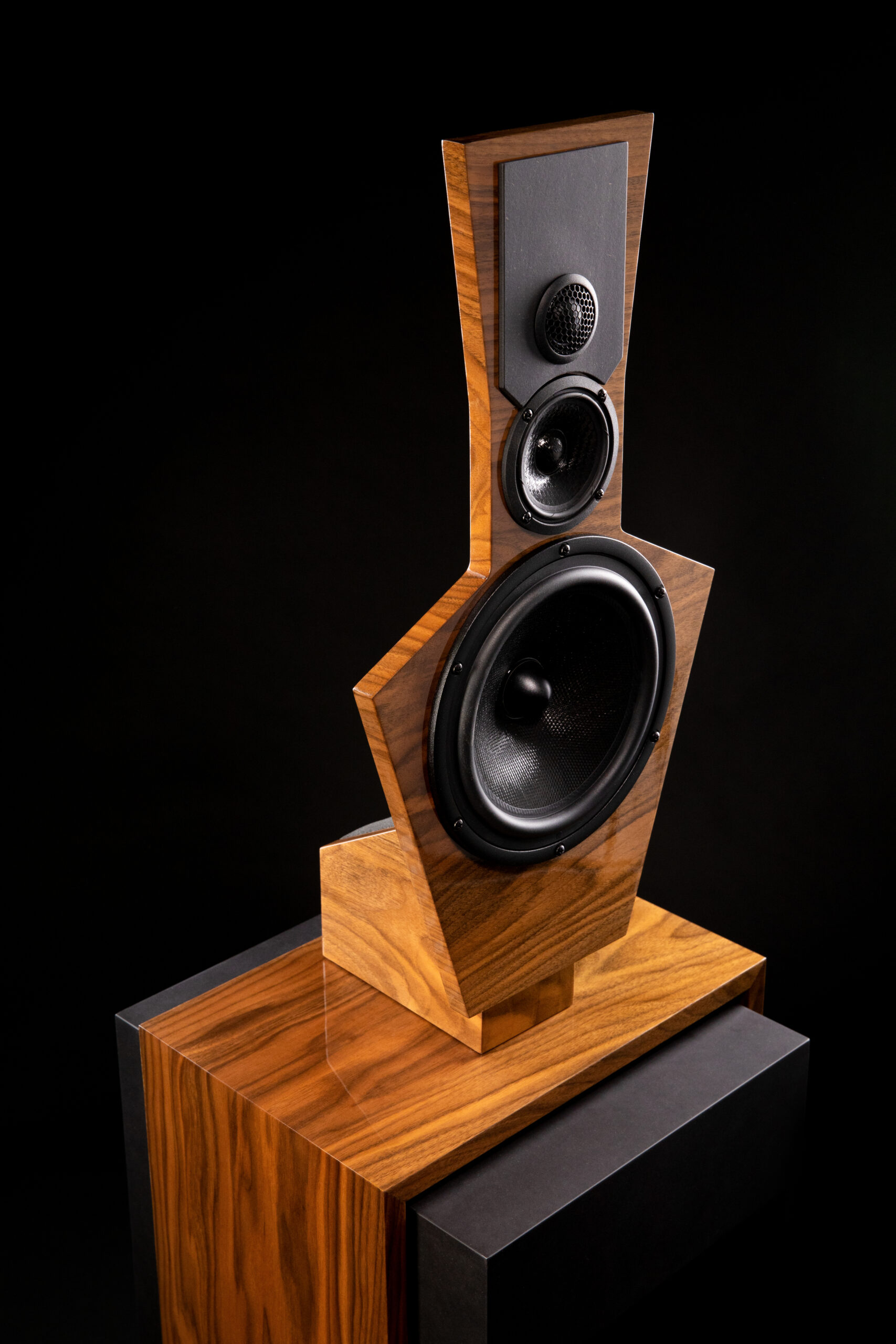 The top baffle is adjustable, and to determine the "toe" of the tweeter/mid-range array, they suggest using the "mirror method," which involves having someone hold a mirror at the point of the first reflection on the sidewall while you are in your listening position. Look at the mirror and have someone adjust the toe-in of the top array until you can no longer see the top baffle's front or rear side, and this will be the starting point for listening.
The top baffle is adjustable, and to determine the "toe" of the tweeter/mid-range array, they suggest using the "mirror method," which involves having someone hold a mirror at the point of the first reflection on the sidewall while you are in your listening position. Look at the mirror and have someone adjust the toe-in of the top array until you can no longer see the top baffle's front or rear side, and this will be the starting point for listening.
I ended up with them a bit over six feet into the room, four feet from my sidewalls, eight feet apart, and I sat seven and a half feet from the centerline with the upper speaker array aimed at a point about a foot behind my head.
The ability to adjust the toe-in of the midrange and tweeter array independently from the woofers is a significant feature, especially when dealing with a dipole open baffle woofer assembly whose interaction with the room varies as you change its angle. With this feature, you can lock in the bass and then separately adjust the toe-in of the upper array for optimal imaging without affecting the bass. Unlike previous designs I've struggled with, this design allowed me to optimize bass and imaging without compromise.
During the six-week audition period, I tested the speaker system using four different preamps from my stable.
SMc Audio VRE1c
VAC Master Preamp
Exemplar Audio Exception II v.2
RGR Model 4 (heavily modified)
and via a direct connection to my PS Audio DAC Mk II.
After testing all five using the stock gain and +12dB gain modes on the PowerBox amps, I found that even my zero gain SMc Audio VRE-1c line stage sounded better in the amplifier's stock gain setting. The audio was more relaxed and had more headroom. However, the choice between the two settings ultimately depends on your source, and it's recommended to listen to both and determine which works best for your personal preference. In my case, the PS Audio DAC Mk II run directly into the Linkwitz amps was my least favorite configuration, losing some of the dimensional density and "jump" that the preamps brought to the party. In the end, it was the VAC Master preamp that "locked in" and was what most of my listening was done with.
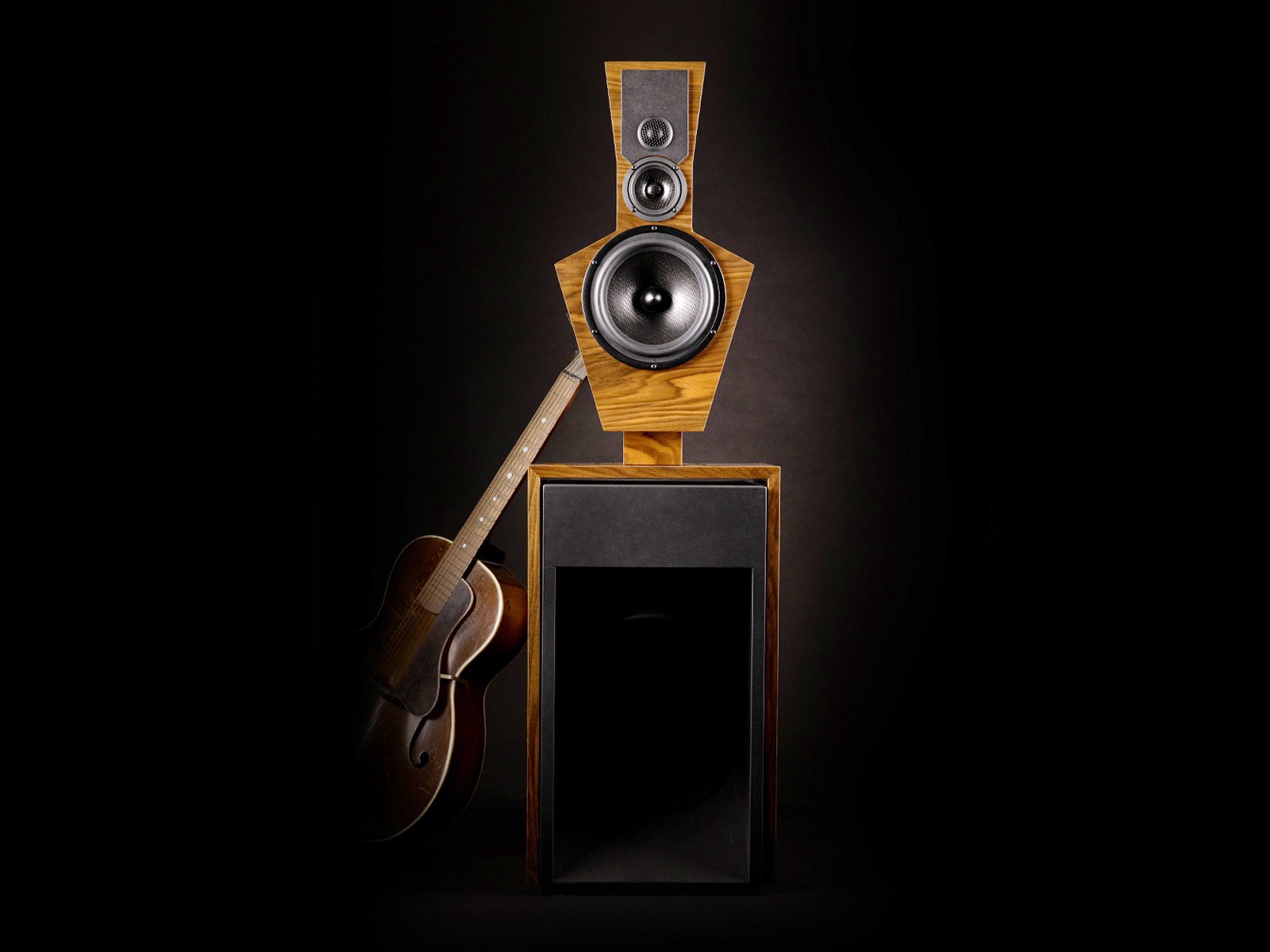 The Sound
The Sound
I have had the opportunity to review two different models of open baffle dipole speakers from Pure Audio Project, and I have owned three models of Spatial Audio's open baffle dipole speakers. Through these experiences, I have understood and appreciated "dipole sound."
However, I was unprepared for the new heights to which the LX521.4MG raises the bar on open baffle dipole design, so let's get this out of the way early on.
Simply put, the Linkwitz LX521.4MG system, taken in its entirety, is the finest implementation of a full-range open baffle dipole design I have heard to date.
With that out of the way, let's take a closer look at some of the characteristics that brought me to that conclusion.
Soundstage, Imaging, and Depth … Oh My!
After reading a lot of Siegfried's design thinking, I was not surprised that his designs prioritize soundstage and imaging. Still, the extent to which he succeeded in creating a soundstage with tremendous width and depth and excellent image specificity within that soundstage was disarming to hear.
Compared to most speakers, the LX521.5MG doesn't change tonal character drastically as you move around the room. While the intensity and location of instruments may shift ever so slightly as you do so, the tonality of the music remains consistent.
Siegfried had a specific goal when designing the LX521.4's dipole polar radiation pattern. He wanted the sound to be distributed evenly around the room from the low bass to the high treble and believed that the sound reflections within the room needed to have a signature as close as possible to the direct sound. He thought the closer the reflected sound matched the direct sound in character and color, the more convincing the sound stage illusion would be for the listener.
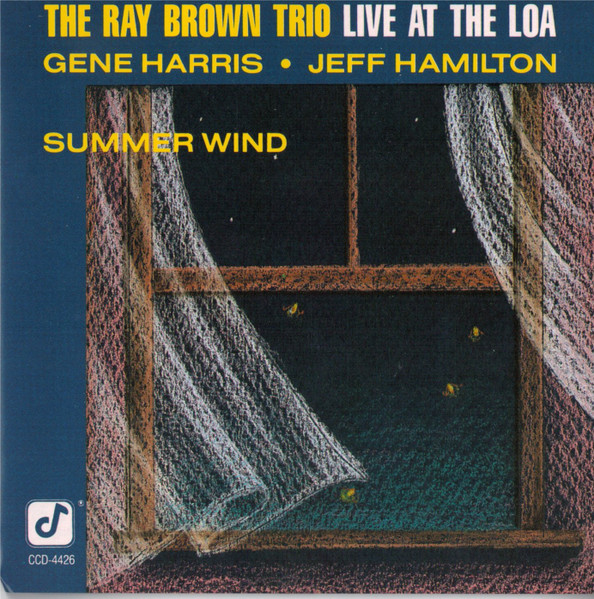 Ron Carter
Ron Carter
A perfect example was when I listened to The Ray Brown Trio's album "Live at the LOA." As I got up from my seat and walked around the room, I couldn't help but notice the consistent sound quality of the LX 521.4 speakers. The soundstage stayed well-defined, accurate, and tonally balanced, and I felt like I had moved from one cocktail table to another on the opposite side of the club. It was a memorable experience.
 The speakers also performed exceptionally well in creating a sense of depth and accurate timing of the distance from front to back. Although I have heard several speakers that could produce great depth, the specific instruments within that sound field did not decay as naturally as I hear in the LS521.4MG. It isn't easy to articulate, but you can easily recognize it when you hear it.
The speakers also performed exceptionally well in creating a sense of depth and accurate timing of the distance from front to back. Although I have heard several speakers that could produce great depth, the specific instruments within that sound field did not decay as naturally as I hear in the LS521.4MG. It isn't easy to articulate, but you can easily recognize it when you hear it.
The applause at the beginning of Ron Carter playing "Flamingo Sketches" is a prime example. The layering of applause from front to back and wall to wall, along with the natural acoustics of the recording space, made it sound like you were sitting in the club.
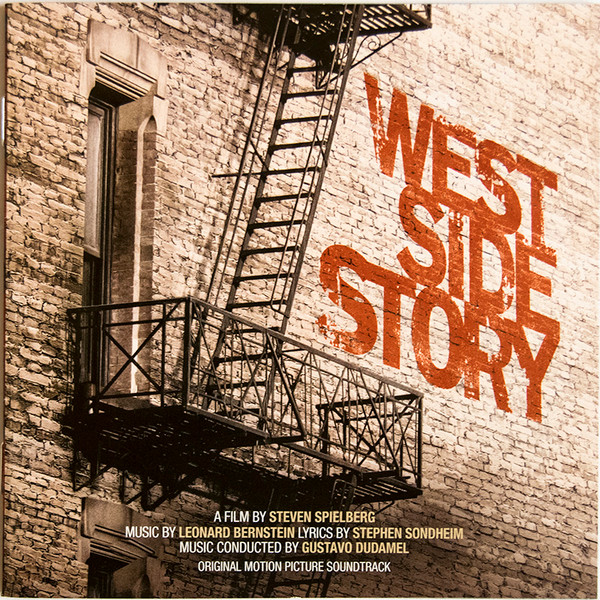 Another example is the Prologue (From "West Side Story"/Score). Heard on the LX521.4MG, it beautifully illustrates an orchestra's depth, positioning, and layering. It captured the sound of the instruments in space, along with natural reverberation, interplay, and decay. It immersed me in the music, providing listening cues that reminded me more of attending a symphony performance than a recording.
Another example is the Prologue (From "West Side Story"/Score). Heard on the LX521.4MG, it beautifully illustrates an orchestra's depth, positioning, and layering. It captured the sound of the instruments in space, along with natural reverberation, interplay, and decay. It immersed me in the music, providing listening cues that reminded me more of attending a symphony performance than a recording.
I can confidently say that the LX521.4MG would be a viable candidate if you are looking for a speaker system that checks all the boxes regarding soundstage and imaging.
But wait … there's more to listening than soundstage and imaging.
Full Range Balance … Music Genre Neutral
While testing the LX521.4MG speaker system, I was impressed with its performance across various genres of music. The speaker system provided a balanced and unbiased sound that genuinely showcased the qualities of each genre. I was drawn to listen to more types of music than I typically do during a review.
The speaker excels in reproducing full orchestral performances and can accurately differentiate between subtle tonal variations in the plucking of cello and viola strings. Additionally, it provides precise positional and imaging information, which enhances the listening experience. Moreover, it creates a large and immersive soundstage, with a sense of depth and weight that adds to the overall audio quality.
I have been enjoying listening to The Danish National Orchestra's rendition of "The Ecstasy of Gold" from the movie "The Good, the Bad, and the Ugly." The YouTube video of their performance has gone viral and you can also find the matching track on Qobuz.
The Linkwitz sound system captured the layout of the orchestra, the positioning of the two choirs, and the soprano singer. The last few minutes of this piece were quite impressive. Starting four minutes into the performance, the arrangement adds a "call and response" technique that at the finale gradually builds up to a crescendo. This technique involves a short, repetitive musical phrase passed between orchestra sections, each adding a new layer to the phrase. By the end of the piece, the entire orchestra, the choirs, and individual singers participated in this exchange. The Linkwitz speaker captured the positioning of the different sections and the dynamics and weight of each section playing separately and then together. The speaker's excellent sound staging, imaging ability, and full-range bass response made this a truly impactful and enjoyable experience in my room.
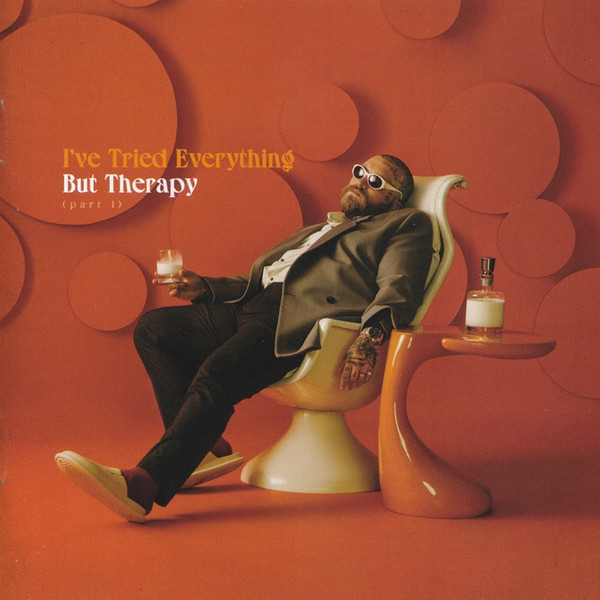 My daughter recently invited me to a Teddy Swims concert at the Filmore in New Orleans. Don't miss this guy if you have a chance to see him. Teddy's unique voice can cut through titanium yet remain soulful and inviting. The concert had excellent audio quality and freaking great music. You can search Qobuz for his music.
My daughter recently invited me to a Teddy Swims concert at the Filmore in New Orleans. Don't miss this guy if you have a chance to see him. Teddy's unique voice can cut through titanium yet remain soulful and inviting. The concert had excellent audio quality and freaking great music. You can search Qobuz for his music.
The next day, my daughter and I settled into my listening room, hoping to experience a fraction of the previous night's magic. As the first few lines of "Lose Control" played, we looked at each other and smiled, stunned by the LX521.4MG's concert recreation. The room's walls vanished as the speaker recreated the size and power that brought the music to life, and Teddy's voice was a virtual clone of what we heard the night before. VERY impressive.
Next up was Joe Williams and Count Basie's version of "Every Day I Sing the Blues." The song starts with the Count Basie orchestra firing off what I call a series of "gunshots." The combination of drum hits and brass section "blats" made me feel like I was being shot at. The first few minutes of this old video capture what I am describing. Check out the Qobuz track on this album.
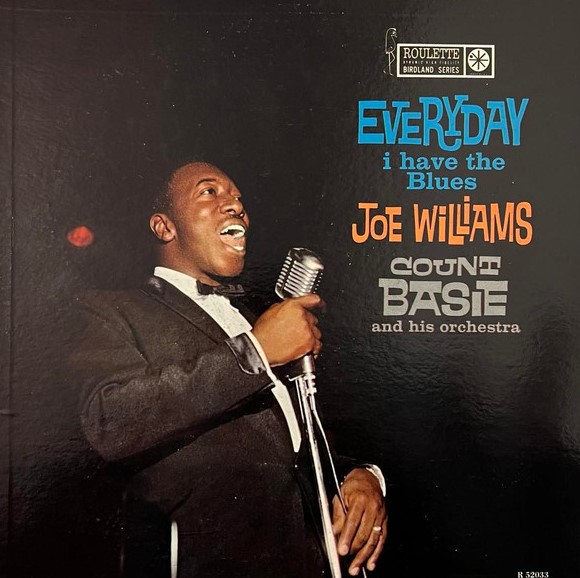 The LX521.4 MG captured and recreated these dynamic "gunshots" throughout the song. I was also impressed by the speaker system's ability to unravel the individual sounds of trumpets, trombones, and saxophones in the brass section as they all played together, having experienced other speaker systems that failed this test by homogenizing them into one sound.
The LX521.4 MG captured and recreated these dynamic "gunshots" throughout the song. I was also impressed by the speaker system's ability to unravel the individual sounds of trumpets, trombones, and saxophones in the brass section as they all played together, having experienced other speaker systems that failed this test by homogenizing them into one sound.
By the time Joe Williams kicks in with his signature voice, you know you're in for a ride. By the end of this song, if your toe isn't tapping or your body isn't rocking, you need to check your system because I was in "full tilt."
The Devil is in the Details … or is it?
The bass on a typical open baffle speaker starts to drop off quickly around 29hZ. This speaker's combination of woofer design and crossover EQ extends its rich, tuneful bass well below that, significantly contributing to its ability to express power and provide a foundation for the music. Although not the quickest or tightest I have ever heard, the bass has a decisive weight with a good definition that contributes to the music without distraction, and while it extended to the low/mid-20s in my room, it never sounded like a subwoofer.
I will note that this speaker may not be suitable for those listeners who prioritize detail retrieval and the sensation of being one foot from the orchestra. While they are not the ultimate solution for picking up every minute detail, this should not be considered a drawback.
Some of my favorite and long-standing "music makers" fall under the same classification, such as my Grado Statement 3 cartridge, Shure V15 Type 5, and a TDA1541a based DAC.
It's easy to become an "aural accountant" focusing solely on detail, which can lead you to forget about the MUSIC. The speakers then become a tool for analyzing every detail rather than a means of experiencing the music itself. It's essential to be mindful and not get lost in the pursuit of detail and forget the essence of the music.
I will conclude this section with the following:
This speaker system has an artful balance of detail and meaning that can reveal all the information necessary to recreate a believable musical event. Unlike many ultra-detailed speakers, it does not deconstruct the music… but assembles it.
This is a perfect point in the review to note that dipole designs are heavily influenced by the front wall's acoustics, significantly impacting overall transparency and detail resolution. The Linkwitz speaker functions best with a lively front wall, but sometimes, it may not be possible due to the listener's environment. I would suggest the addition of an "environmental level switch" that could adjust for the acoustic character of the front wall, whether it is live, dead, or neutral. Adding such control would enhance the system's functionality.
Let's visit the Zoo … Two Elephants in the Room
• Class D … Yikes?
Yes, this system uses Class D amplification, and I know that will be a turn-off for some of you, but it is important not to dismiss this project based solely on that fact. In the past, Class D amplification systems were known for having problems with grain and texture in the sound. Class D technology is advancing quickly, and recent examples, such as the Atma-Sphere Class D monoblocks and others, have produced excellent sound quality. If you haven't heard any new Class D amps in the past year, you may be surprised at the advances. The Linkwitz amplifiers perform their intended function without drawing attention to themselves or interfering with the music, providing smooth, dynamic amplification. This is precisely what we should expect from an amplifier - the ability to do its job without adding unnecessary commentary. What's more, even though I was listening to Class D amplification, that fact never crossed my mind as I auditioned the speakers and was a non-factor.
• Front wall distance
I understand that some of you may wonder if the speaker needs to be four feet away from the front wall, especially if you don't have enough space. Let's clear that up. Yes, dipole speakers typically lose bass and soundstage depth when placed closer to the front wall. However, due to its individual driver equalization, the LX521.4MG speaker is different from your typical dipole speaker, and the front wall distance was less critical, with respect to bass, than other dipole speakers I've had in my room.
I experimented with placing the speakers two feet away from the front wall and did notice a decrease in the depth of the soundstage. However, unlike other open baffle speakers, the bass quality remained consistent regardless of whether the speakers were placed two or four feet away from the wall.
Additional Thoughts
As you can readily tell, I enjoyed my time with this speaker system, but what excites me more is what this package brings to the audio industry. Many audio reviewers and enthusiasts often overthink what the average person looks for in a sound system. Not every listener is interested in the technicalities of sound equipment or endless system tweaking. This speaker system provides exceptional audio quality for people who want to relax and enjoy good music without being overwhelmed by complicated equipment. It is the perfect choice for those who are not enthusiasts but still value a superior listening experience, as well as for experienced audiophiles who are searching for The Holy Grail. That makes it a "unicorn product" in our industry.
During my reviews of the Pure Audio Project speakers, I learned that while many people enjoyed their sound quality, some were not interested in building the speakers. The LX521 model, up to this point, has been a do-it-yourself speaker, but now, with the Linkwitz Team offering a finished product and turn-key setup, anyone can appreciate Siegfried's vision.
I believe Siegfried would be pleased, as one of the primary objectives throughout his audio career was to make good music available to everyone. In one of his final interviews with Michael Fremer, he stated that "Music is Beauty" and should be accessible to all. I couldn't agree more!
How Can I Hear These Speakers? … Linkwitz Lounges
The Linkwitz Lounge is a concept that is gaining popularity with manufacturers. It involves various listening stations across the United States and other parts of the world where potential buyers can experience Linkwitz loudspeakers. These "lounges" are not typical dealerships but rather passionate audio enthusiasts who have set up their Linkwitz speakers to share their love for great sound with others. While this concept is not entirely new, the way Linkwitz has executed and organized it is the best I have seen to date, and I suspect it will be a model that other companies may consider.
Currently, there are eight Linkwitz Lounges in the US. You can find their locations by visiting the website at this link.
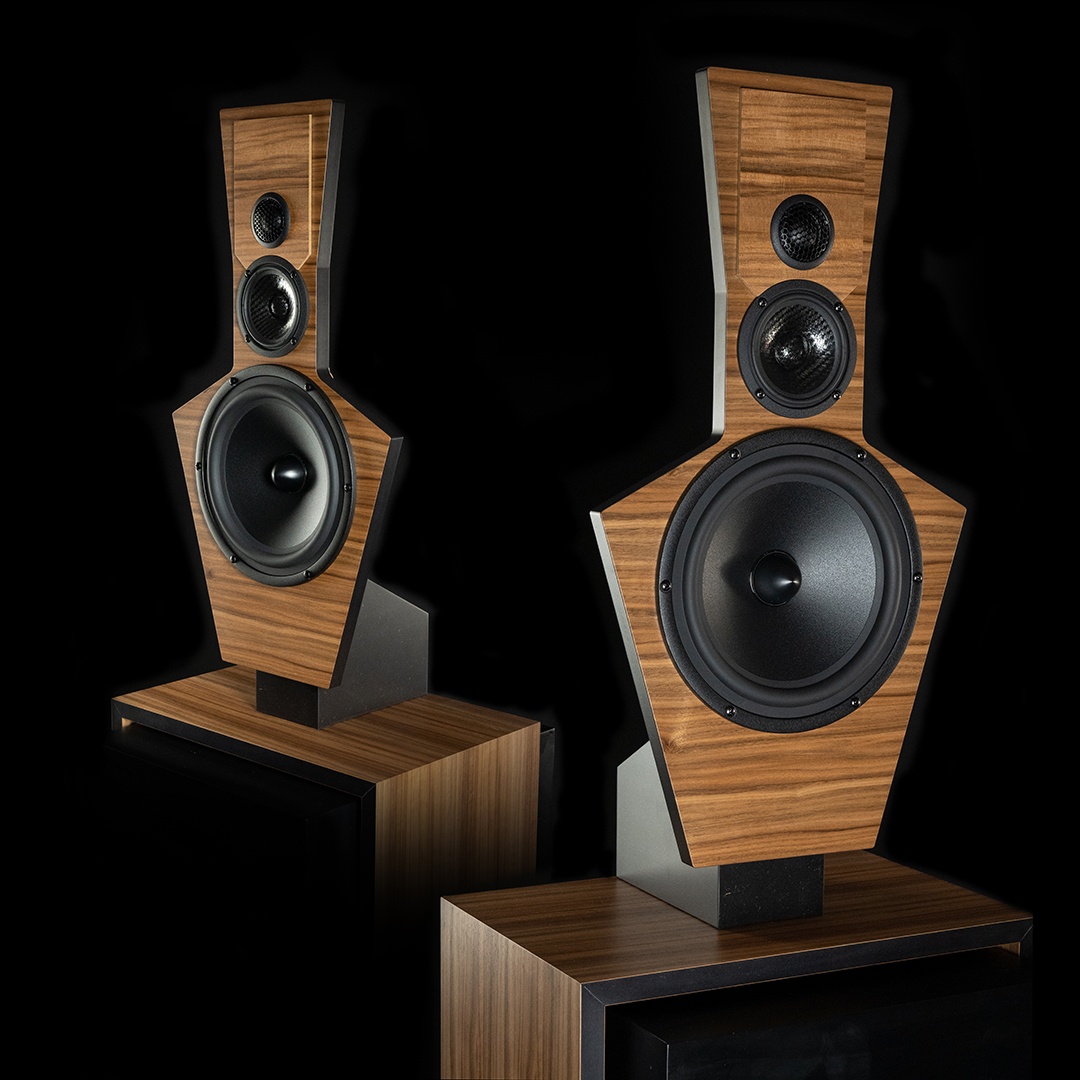 The Last Word
The Last Word
Much of what I have discussed becomes evident when you experience these speakers. For $24,000, you'll get a complete speaker system package that includes full-range speakers and amplifiers, all optimized to work together in a truly unique package. If you are in the market for a speaker system anywhere from 10K to 50K or want to hear something different than box speaker sound, I recommend trying to listen to these speakers at an Audio Show or one of the Linkwitz Lounge locations.
The LX521.4MG is easily integrated into your room, providing a prime audience seat that doesn't have to be the "money seat." Its exceptional soundstage and imaging drew me into the listening experience, where I could fully immerse myself in the music.
I am confident a listening session will leave a lasting impression on you like it did on me.
And if you pull out your credit card, you may score the best seat(s) you've ever had in your listening room.
(Michael Fremer interviewed speaker designer Siegfried Linkwitz July 16th, 2018 shortly before he passed away on September 11th, 2018)
Specifications
Specifications:
Linkwitz LX521.4 Loudspeaker
Each speaker:
2 x 10" woofers
8" lower midrange
4" upper midrange
2 x 1" tweeters (front/rear)
Five channels of amplification per speaker
Tweeters: 100 watts
Upper Midrange: 125 watts
Lower Midrange: 125 watts
Woofers: 250 watts per driver
Crossovers: 120 Hz, 1000 Hz, 7000 Hz
49" tall
16" wide
15" deep
Max SPL: 109 db
Price as tested:
$23,900/pr with five channel Ncore amps (2) and built-in 4-way ASP cascading crossover
Including USA shipping.
Products used in the review:
VAC Master Preamp with phono
PS Audio DAC MkII v 2.6.2 with Massive
Innuos Zenith Mk III with Phoenix USB reclocker
AMG Viella V12JT turntable w/ Grado Statement 3- Audio Technica AT20
Power distribution and power cables from Shunyata
Signal cables from Audience and Belden Iconoclast
Manufacturer Information
LINKWITZ.audio
Veilchenweg 5
D-70771 Leinfelden/Germany
info@LINKWITZ.audio
Linkwitz Store website link


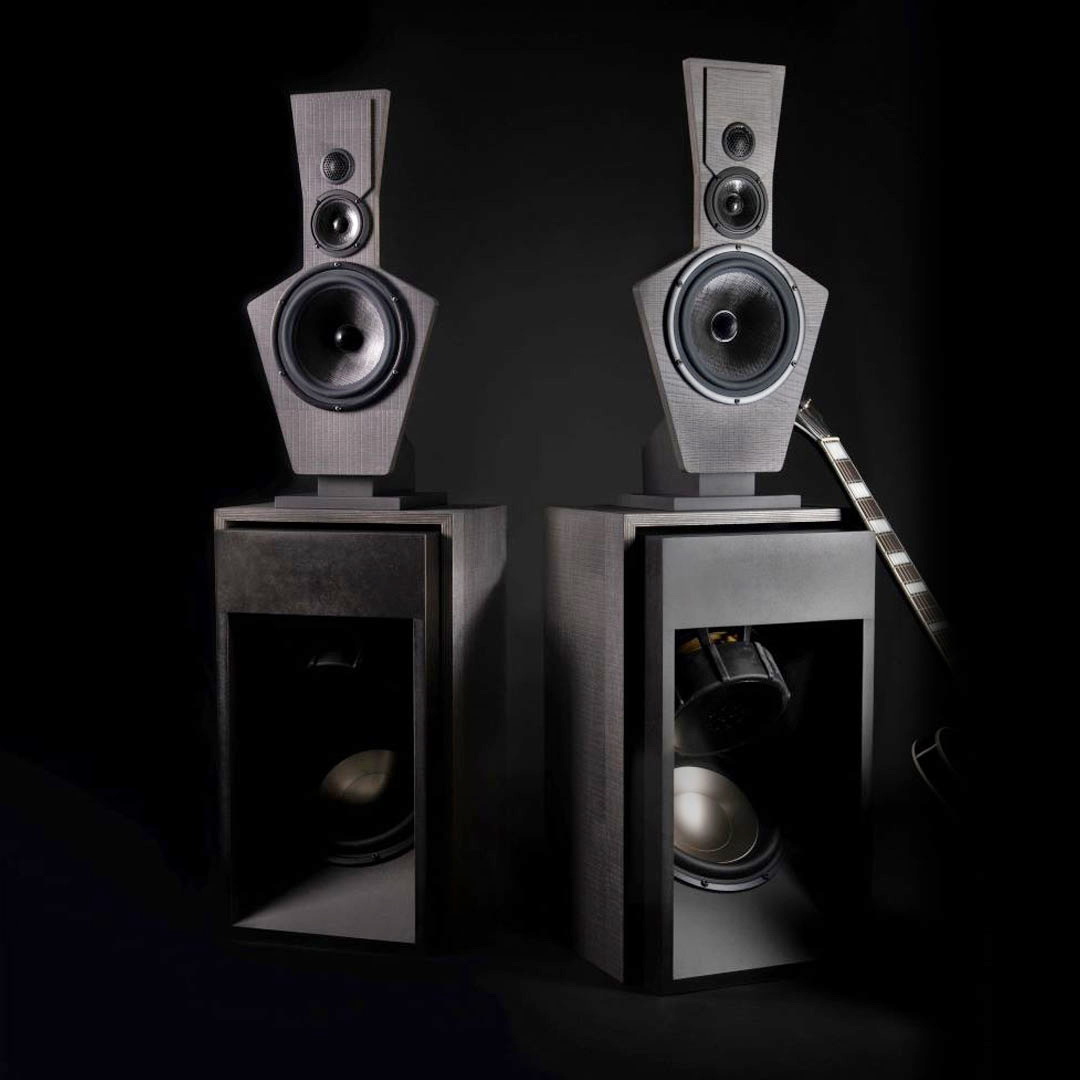







































.png)








